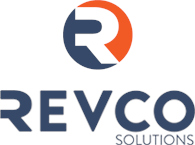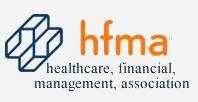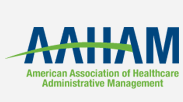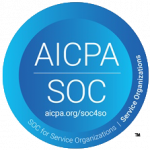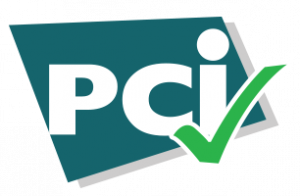
Managing out-of-network (OON) claims may seem like a process that internal teams should be able to handle with ease—after all, it’s just another part of revenue cycle management, right? But the reality is far more complicated. From missing payer visibility to complex regulatory processes, OON claims require specialized expertise and persistence that often push internal resources to their limit.
In fact, according to a recent report, while both in- and out-of-network claim denial rates have climbed, out-of-network claim denial rates are rising at a significantly higher pace – more than doubling the denial rate of in-network claims. According to the analysis: “Insurers reported receiving 425 million claims in 2023, with 392 million claims filed for in-network services. Of these in-network claims, 73 million were ultimately denied, resulting in an average in-network denial rate of 19%. Out-of-network claims totaled 33 million, with an overall higher denial rate of 37%.”
Below, we break down the key challenges in OON claims management—what providers often believe they can handle on their own, why it’s harder than it seems, and actionable tips to help you navigate these hurdles more effectively.
1. Day One Insurance Follow-Up
“Our team already follows up on claims from day one. In-network versus out-of-network doesn’t make a difference.”
Why It’s More Complicated Than That:
OON claims are often excluded from payer portals and lack real-time visibility. There’s rarely an assigned representative, and claims are commonly routed through third-party re-pricers like Multiplan, causing delays in confirmation. Some payers may even delay acknowledgment or claim documentation was never received—stalling the process from the start. Without dedicated processes and payer relationships, follow-up becomes a slow, resource-draining effort.
What you can do:
- Verify payer receipt of OON claims within 48 hours using multiple channels (phone, fax, clearinghouse).
- Document all contact attempts to create a paper trail for future appeals or disputes.
- Establish escalation points at payers and re-pricers to bypass generic call centers.
2. Payer Correspondence
“We already communicate with payers regularly and know how to get updates.”
Why It’s More Complicated Than That:
OON providers have no contractual leverage or direct contacts at the payer level. Communications are often deprioritized, passed between departments or vendors, and answered with boilerplate responses. This lack of transparency slows resolution and extends payment timelines—costing providers valuable time and revenue.
What you can do:
- Designate a single OON claims liaison to track correspondence and maintain continuity.
- Request written response timelines from payers and follow up aggressively when deadlines pass.
- Escalate to state regulators when payers fail to respond within required timeframes.
3. Denial Management
“Our denial team already appeals denied claims—we’re good there.”
Why It’s More Complicated Than That:
OON claims face significantly higher denial rates, often with vague reasons like “charges exceed usual and customary.” Without a contract, there’s no formal appeal framework, forcing providers to create custom, data-backed arguments for each denial. Even then, there’s no guarantee the payer will review or overturn the decision—making the process resource-intensive and risky.
What you can do:
- Develop a denial matrix to categorize and prioritize OON denials by reason and financial impact.
- Leverage benchmark data (FAIR Health, CMS fee schedules) to build evidence-based appeals.
- Track denial trends to identify patterns of underpayment or misprocessing.
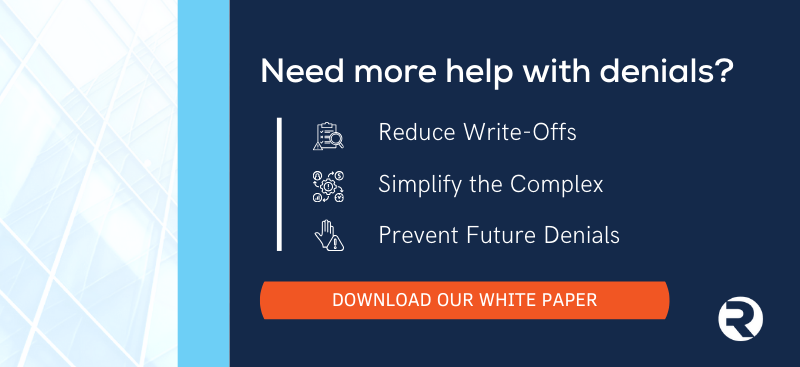
4. Patient Customer Service (OON Billing Calls)
“Our patient financial services team is experienced in handling billing calls.”
Why It’s More Complicated Than That:
Patients with OON bills are often frustrated, confused, or experiencing financial distress. Unlike in-network cases, there’s no clear benefit structure or contracted rate to reference, leaving reps to explain complex pricing, balance-billing laws, and dispute options—all while calming patient frustrations and protecting the hospital’s reputation. These calls are longer, require advanced training, and carry a higher risk of complaints or escalations.
What you can do:
- Provide training on balance-billing laws and OON benefits to front-line staff.
- Use clear, empathetic scripts to explain charges and resolution options.
- Offer early financial counseling to prevent patient frustration from escalating into complaints.
5. Pre-Payment Negotiations
“We negotiate rates with payers and vendors all the time.”
Why It’s More Complicated Than That:
Pre-payment negotiations for OON claims are often managed by cost-containment vendors pushing steep discounts. Without contractual benchmarks, payers pressure providers into accepting rates far below market value—potentially resetting the “reasonable and customary” baseline for future claims and costing millions in underpayments over time.
What you can do:
- Define minimum acceptable rates in advance based on market data.
- Document negotiation histories to defend future rate discussions.
- Reject “take-it-or-leave-it” offers and present data-backed counterproposals.
6. Limited Appeals
“We have an internal process for handling appeals—we know what to do.”
Why It’s More Complicated Than That:
Unlike in-network claims, there are no guaranteed rights to appeal for OON cases. Payers can reject or ignore appeals entirely, impose excessive documentation requirements, or delay responses indefinitely. Each appeal must be carefully built with medical evidence, regulatory justification, and market data to stand a chance—requiring expertise most in-house teams don’t have the bandwidth to provide consistently.
What you can do:
- Develop standardized appeal templates tailored for common OON denial types.
- Incorporate state-specific laws to strengthen appeal arguments.
- Track appeal outcomes to refine strategies and identify payers with poor response rates.
7. Independent Dispute Resolution (IDR)
“If all else fails, we can use IDR to resolve payment issues.”
Why It’s More Complicated Than That:
IDR offers a federal remedy for underpayments, but the process is expensive, complex, and time sensitive. Providers must meet strict submission deadlines and contend with payer-favored benchmarks like the Qualifying Payment Amount (QPA)—often based on flawed or suppressed data. Missteps can lead to lost opportunities for fair reimbursement.
What you can do:
- Develop a pre-IDR checklist to ensure compliance with submission deadlines and requirements.
- Evaluate the cost-benefit of each case before entering IDR to avoid excessive fees.
- Maintain a database of IDR outcomes to guide future filings and negotiation strategies.
8. Early-Out (EBO)
“Our EBO vendor already manages patient outreach and payments.”
Why It’s More Complicated Than That:
OON bills create confusion, leading to increased call volumes, disputes, and complaints. Without contractual rates or benefit clarity, EBO vendors often struggle to set expectations and maintain a positive patient experience. This can delay recovery and negatively impact patient satisfaction scores.
What you can do:
- Provide patients with cost estimates before services whenever possible.
- Script OON-specific call flows for EBO representatives to reduce confusion.
- Implement early outreach (pre-service or day-of-discharge) to discuss coverage and financial responsibilities.
9. Bad Debt Collections
“We already have a collections process in place for delinquent accounts.”
Why It’s More Complicated Than That:
OON balances are higher, more frequently disputed, and more likely to face legal challenges—especially for emergency services. Regulatory oversight is tighter, and payers may even send payments directly to patients, making recovery extremely difficult without early intervention and specialized follow-up.
What you can do:
- Identify potential bad debt accounts early and flag them for specialized follow-up.
- Pursue patient education campaigns explaining direct payment risks and responsibilities.
- Segment accounts by likelihood of recovery to focus resources effectively.
The Bottom Line
Out-of-network claims management isn’t just an extension of your current revenue cycle—it’s a different world, filled with unique obstacles that require deep expertise, proactive follow-up, and specialized resources. Providers who handle OON claims internally often find the process slow, unpredictable, and costly.
At Revco Solutions, we specialize in taking the complexity out of OON claims, accelerating recovery, reducing disputes, and improving patient and payer engagement.
Ready to strengthen your OON revenue strategy?
Contact us today to see how we can help you recover more—faster and smarter.
